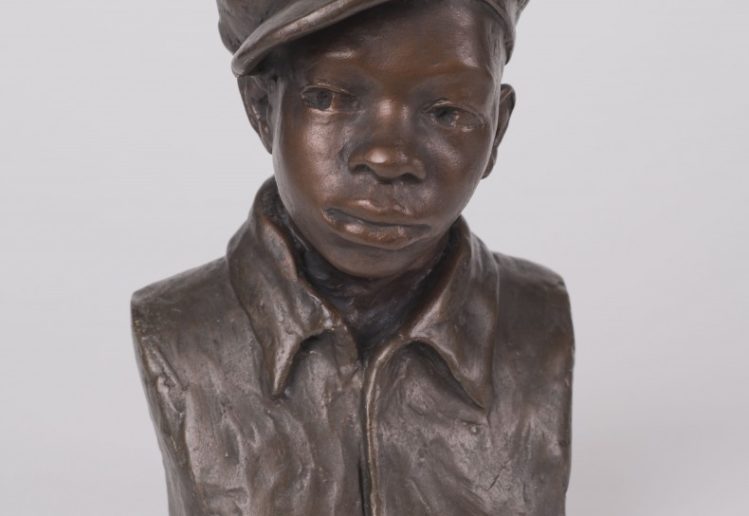A leading figure in the Harlem Renaissance, Augusta Savage’s legacy is as inextricably tied to her role as an instructor and mentor to important African American artists of the postwar era as it is to her own artistic production. With only five dollars to her name, she escaped the limitations of prejudice and poverty of her small Florida hometown and moved to New York to pursue the study of sculpture—only to confront the same barriers. Her best-known work, Gamin, takes its title from the French word for “street urchin” and depicts a jaunty, albeit slightly disheveled, young boy. Long thought to be a likeness of the artist’s nephew, Gamin exists in a liminal space between individual portrait and generic type. Savage executed several bronze casts of Gamin and continued to make plaster versions into 1930; it is unclear how many she completed or how many survive.

